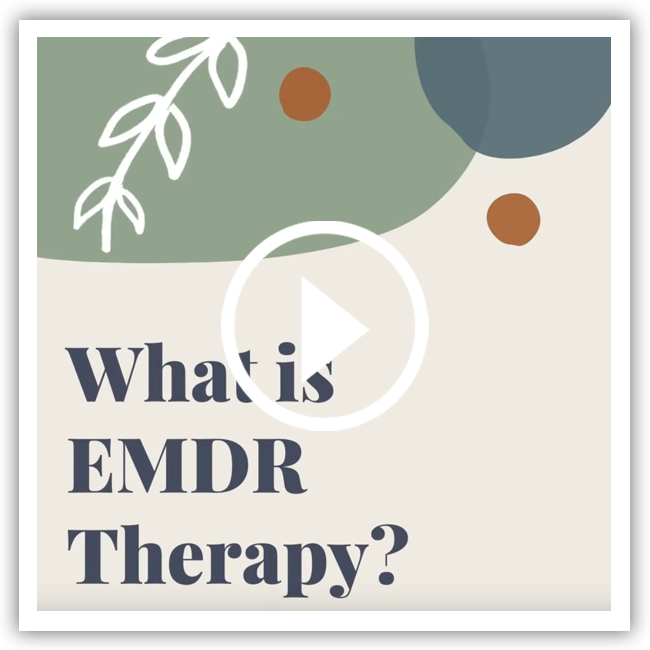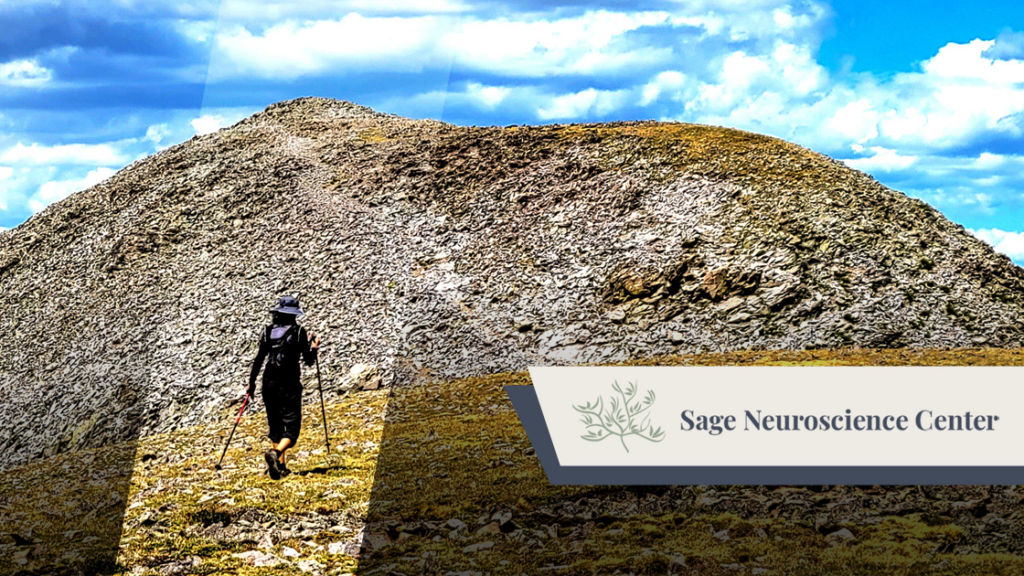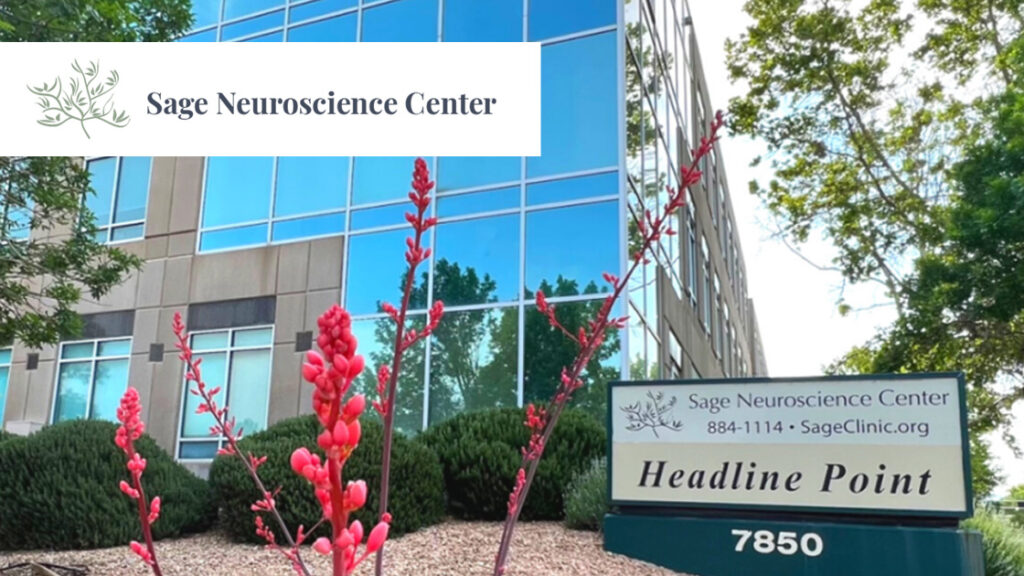Professional Eye Movement Desensitization and Reprocessing (EMDR) Services in Albuquerque, New Mexico
EMDR is a form of therapy that lessens the psychological impact of traumatic memories using a process called bilateral stimulation. EMDR is most often used in treating PTSD, which is why the treatment was initially developed. It has shown promise in treating anxiety, depression, sleeplessness, and other PTSD-related conditions.
EMDR treatment programs are rigidly structured so that the therapist can pre-plan sessions in detail, and the patient knows what to expect. The exact EMDR routine depends on the patient, their healthcare provider, and their treatment goals.
Our EMDR Services:
- Each EMDR session lasts about 60 minutes
- EMDR is an eight-phase treatment combining different elements to maximize its treatment effects in each session.
- EMDR therapy may be used within standard talk therapy, as adjunctive therapy, or as a treatment all by itself.
- You should walk away from your EMDR sessions with a new perception of your trauma.







